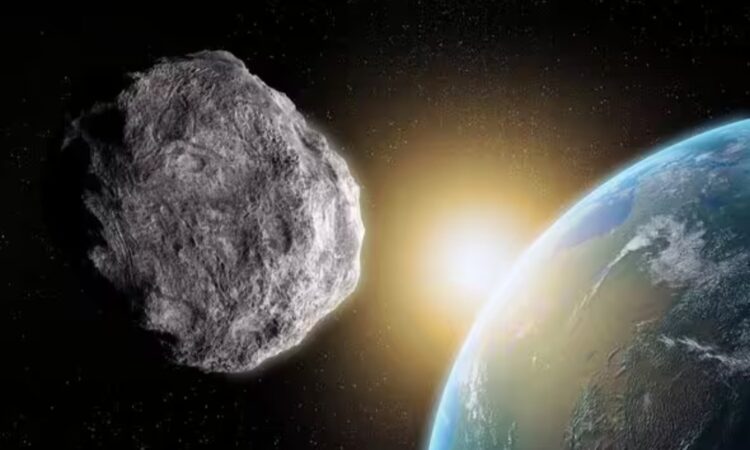
Scientists are keeping a close watch on a newly discovered asteroid called 2024 YR4, which might hit Earth in 2032.
The asteroid was first detected on December 27, 2024. Experts estimate its size to be between 40 and 90 meters wide, roughly the size of a football field. If it were to collide with Earth, the impact would release energy similar to that of a nuclear explosion, causing massive destruction, especially in populated areas.
The European Space Agency (ESA) reports that the asteroid is currently about 27 million miles away from Earth and moving further. However, its path is expected to cross Earth’s orbit on December 22, 2032. After it disappears from view, scientists won’t be able to track it again until 2028.
Experts believe there is a 99% chance the asteroid will safely pass Earth without impact, but they cannot completely rule out the possibility of a collision. Because of this uncertainty, the International Asteroid Warning Network (IAWN) recently issued an alert about the potential impact risk.
Astronomers predict that 2024 YR4 could come as close as 66,000 miles to Earth. However, because asteroid paths can be unpredictable, NASA warns that there is still a slight chance it could hit. If an impact does happen, possible locations include the eastern Pacific, northern South America, Africa, and South Asia, according to Metro.
The Space Mission Planning Advisory Group, led by ESA, will review the latest asteroid observations in an upcoming meeting in Vienna. If scientists confirm a significant risk, they will advise the United Nations on possible action. One option being considered is sending a spacecraft to deflect or destroy the asteroid before it reaches Earth.
Dr. Simeon Barber, a space expert from the Open University, told Sky News that people shouldn’t panic just yet. He explained that early asteroid detection systems often overestimate the risk of impact. At this stage, scientists still have difficulty predicting the asteroid’s exact path, so any warnings include a level of uncertainty.
As technology improves, scientists expect to detect more near-Earth objects and issue similar alerts in the future. Dr. Barber emphasized the importance of taking these threats seriously but warned against overreacting too soon when the data is still unclear.





